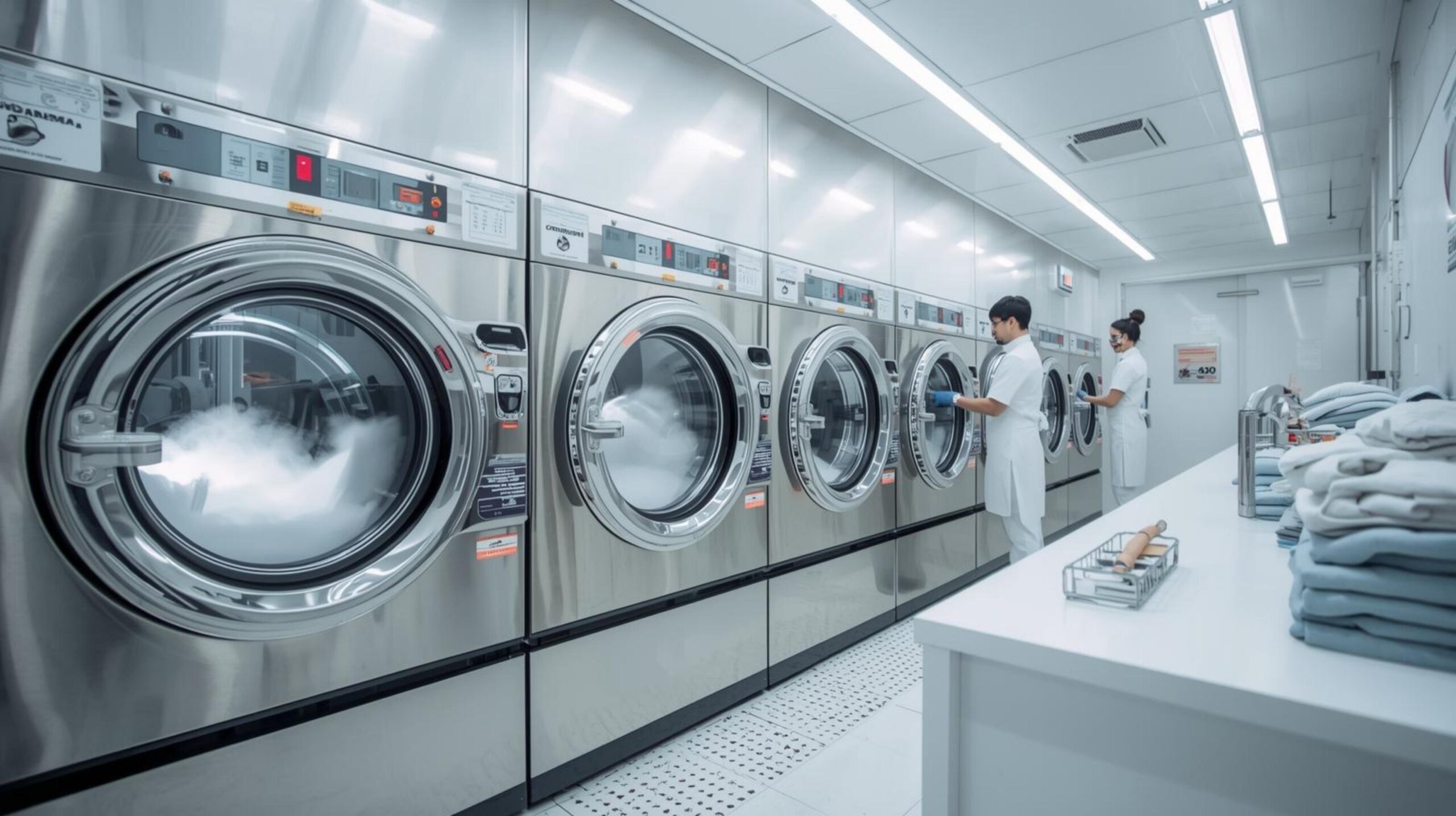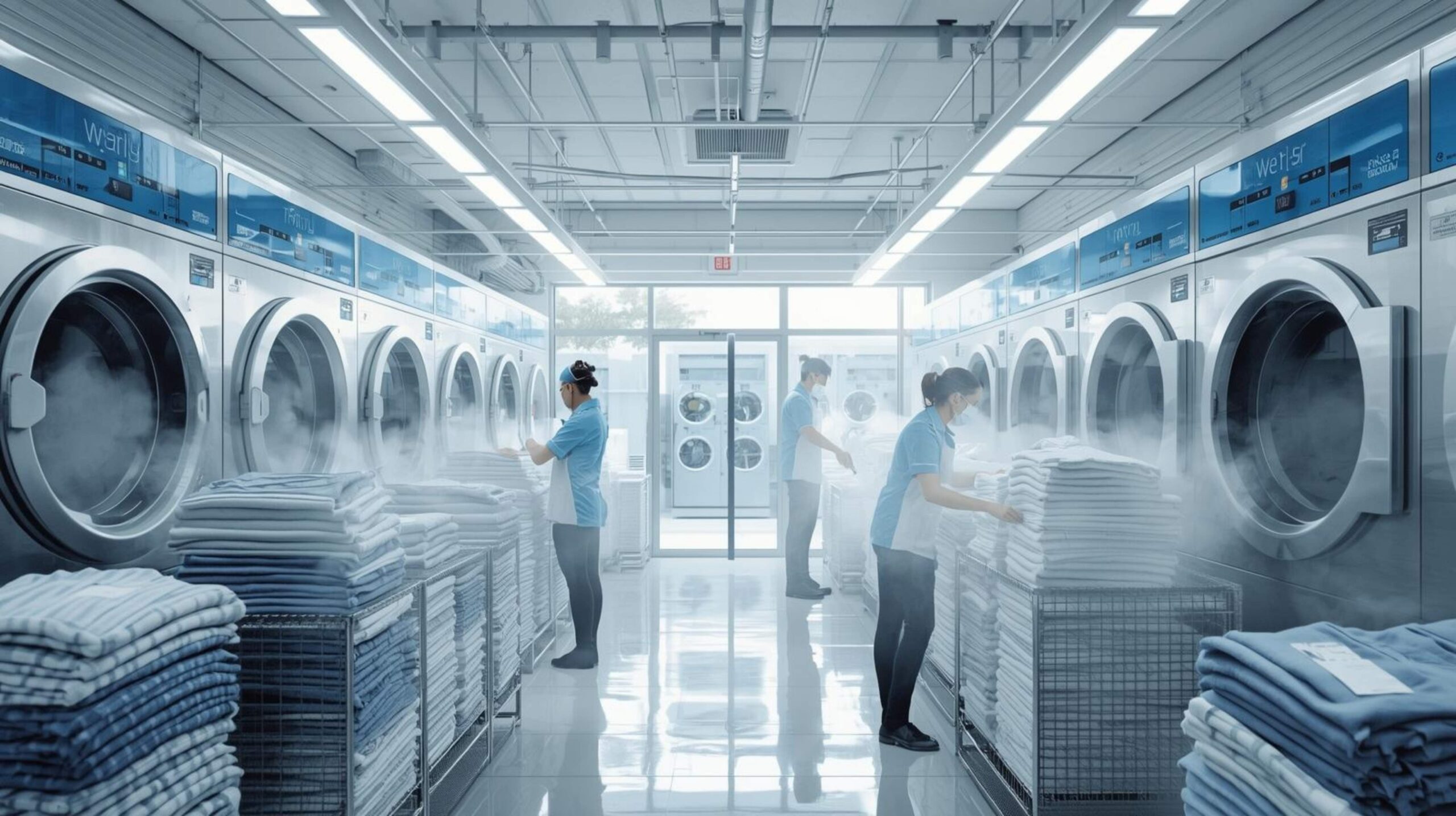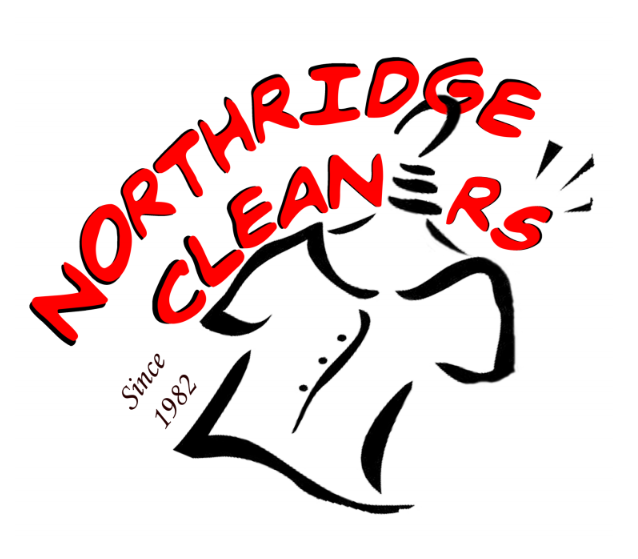Dry Cleaning vs Wet Cleaning — Choose the Right Method for Every Garment
The fastest way to ruin a great jacket or silk dress is the wrong cleaning method. Dry Cleaning vs Wet Cleaning isn’t a debate—it’s a decision tree. In Northridge and the San Fernando Valley, heat, dust, and sunscreen push soils deep into collars, linings, and seams. The right process protects construction, restores shape, and keeps colors true—so your clothes look camera-ready longer.
The Short Version
Dry cleaning uses a liquid solvent (not water) in a closed machine with controlled detergency, temperature, and agitation. It excels at removing oil/grease soils while protecting structure—canvases, fusibles, shoulder pads—and avoiding water issues (rings, shrinkage, delamination).
professional wet cleaning is not home washing. It’s computer-controlled water-based cleaning with gentle motion, neutral chemistry, humidity-managed drying, and form finishing. It shines on hydrophilic soils (sweat, sugars, tannins) and odor, and often produces superior hand/brightness on eligible garments.
Reality check: labels are law. We start with the care label, test dyes and trims, then choose the safest method that achieves the result.

What Each Method Actually Is
Dry Cleaning—Solvent, Control, and Finishing
Garments bathe in purified solvent. Continuous filtration keeps soil away from fabric; tightly controlled temperature and motion prevent distortion. In-machine drying and then finishing on forms reset lapels, pleats, creases, and hems without shine.
Professional Wet Cleaning—Precision Water Care
Programs set water level, drum action, and temperature for fiber and dye class. Neutral detergents protect silk, wool, viscose, and blends. Low-tension drying preserves length/width; padded boards and vacuum tables rebuild shape.
Northridge Realities: Heat, Sunscreen, Dust, Traffic
Hot, arid weather accelerates oxidation of sweat and oils; sunscreen halos silk and stains leather straps; dust lodges in seams during long car time.Home “freshen” cycles don’t pull these soils from structured garments. Pre-spot by soil class, choose the right method, and finish on forms—that’s the difference between ‘okay’ and ‘impeccable.’

Side-by-Side: Where Each Method Wins
Structured Suiting (Jackets, Blazers, Tuxedos)
Default to dry cleaning to preserve lapel roll, canvases, fusibles, and shoulder architecture. Press-only visits between full cleans extend life.
Silk, Satin, Taffeta, Viscose/Acetate Evening Wear
Usually dry cleaning to avoid water-ring and dye bleed. Wet cleaning only after colorfast tests and trim checks.
Wool Knits and Fine Wovens
Either method depending on label/tests. Wet cleaning can improve hand and brightness; dry cleaning reduces felting risk when agitation/heat are tricky.
Technical Sportswear and Performance Blends
Often wet cleaning to rinse salts/odor without residue; low-heat finishing prevents glaze on synthetics.
Down Comforters, Duvets, Bulky Bedding
Professional wet cleaning with large-capacity machines and staged drying—prevents clumping and seam stress.
Leather, Suede, Nubuck, Mixed-Media
Specialist leather care. Clean, re-oil/condition, re-nap suede, protect. Avoid household solvents.
Beads, Sequins, Bonded Satins, Metallic Threads
Often dry cleaning with protection and low heat; water can delaminate adhesives or cloud finishes.

How We Decide—A Step-by-Step Framework
1) Read the label —the blueprint for safe routine care.
2) Identify the textile system —fiber, weave/knit, dyes, interlinings, adhesives, trims.
3) Test discreetly —colorfastness and finish stability.
4) Select method —solvent vs water; risk-managed to the result.
5) Program variables —time, temperature, mechanical action, chemistry, humidity.
6) Finish on form —steam, vacuum, tension rebuild architecture.
Stain Logic That Prevents Halos and Damage
Tannin (wine/coffee), protein (blood), oil/grease, dye transfer, smoke/odor—each requires different chemistry and order. Rubbing abrades fibers and drives pigment deeper; heat sets protein and dye. We sequence and neutralize between steps so stains lift without rings.
Eco—Without the Greenwashing
We favor professional wet cleaning where compatible, and high-purity alternative-solvent systems for trims/dyes that require them. The choice is garment-driven—not marketing-driven. Ask us how we chose; we’ll show you.
Maintenance Playbook: More Wears, Lower Cost
Rotate & rest —give suits 24 hours between wears so fibers recover.
Blot, don’t rub —heat and friction lock stains.
Tell the story —“coffee, 9 a.m., right cuff” sets the chemistry.
Seasonal refresh —after Valley summers (sunscreen/sweat), before winter parties (velvet/satin).
Store smart —wide hangers, breathable covers; acid-free materials for bridal/heirlooms.
Uniforms & Workwear (Quick Calls)
- Poly/wool trousers, tailored jackets: Dry clean; press-only between cycles.
• Kitchen/industrial coveralls: Solvent cycle for grease + wet step for tannins.
• FR/hi-vis garments: Follow label/spec; many hi-vis trims don’t allow solvent.
• Healthcare coats/scrubs: Validated professional laundry for hygiene; solvent for non-biohazard cosmetic soils only.
Common Pitfalls (and How We Avoid Them)
- Assuming “dry clean only” bans water forever → Some garments tolerate wet cleaning after tests.
• Over-washing tailored garments → Hot water thins creases, bubbles fusibles, and fades color.
• Ignoring trims/adhesives → Water delaminates bonded satins; high heat glazes synthetics.
• Skipping finishing → A clean garment without proper finish won’t look right in photos.
Local Logistics That Make Life Easier
We serve Northridge, Deer Lake Highlands, Porter Ranch, Granada Hills, Chatsworth, Canoga Park, Woodland Hills, Reseda, Tarzana, Panorama City, Van Nuys, and Mission Hills. We time pickup/delivery to dodge CSUN and Northridge Fashion Center traffic; curbside hand-off available. Press-only resets are perfect the day before inspections or events.
FAQs (Straight Answers)
Is dry cleaning really “dry”? No. It uses liquid solvent without water; drying is controlled in-machine; the finish restores shape.
Is wet cleaning just a fancy wash? No. It’s programmable, low-stress water care with controlled chemistry and humidity-managed drying.
Which lasts longer—polyester or spandex-rich fabrics in pools? Polyester-rich suits last longer in chlorinated pools; high-spandex fashions need stricter routines.
Can you mix methods on the same order? Yes—garment by garment, with press-only options to stretch life between full cleans.
Ready for the Right Method—Every Time?
Bring the garment (and matching pieces). We’ll read the label, test dyes/trims, explain the plan, and return it crisp and comfortable—without guesswork. Bundle alterations, laundry, and shoe repair in one pickup.
Follow our work: 👉 Our Instagram Laundry Page
